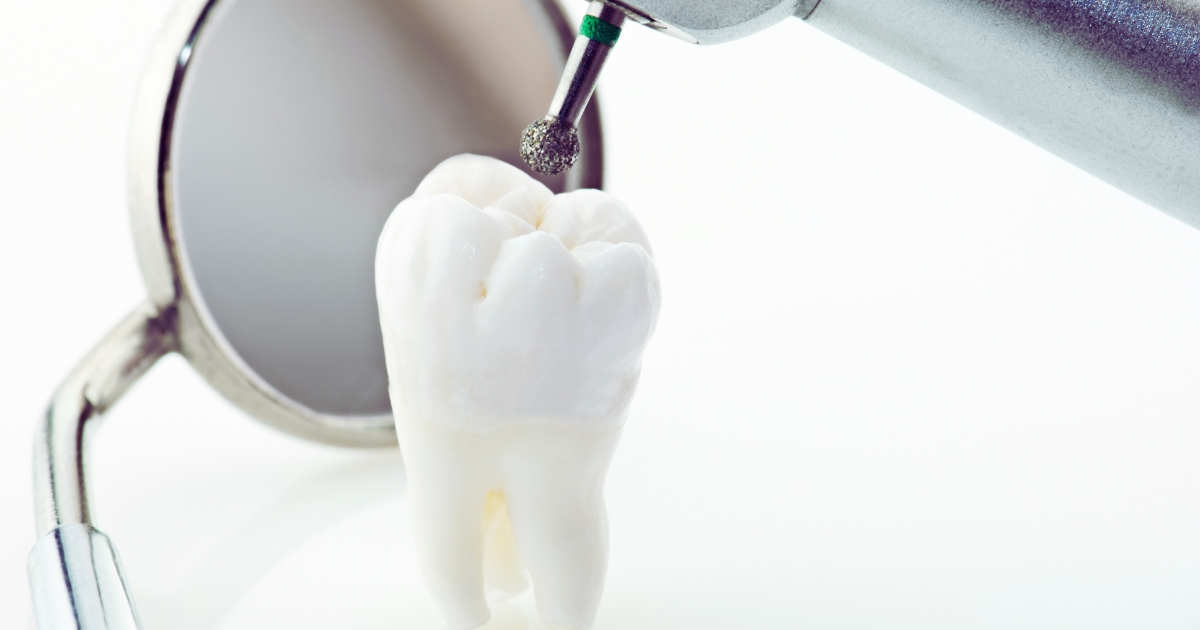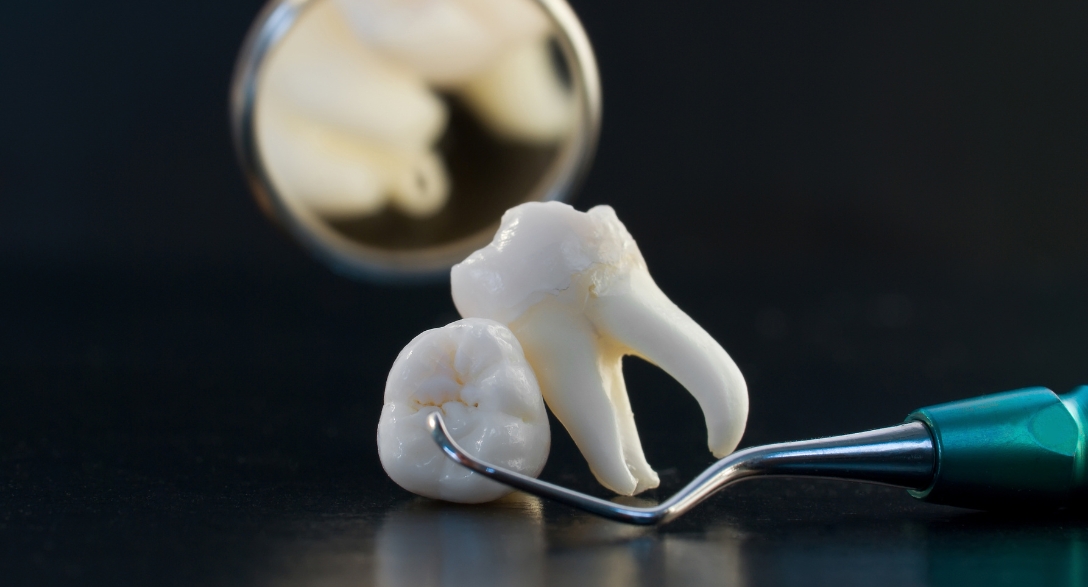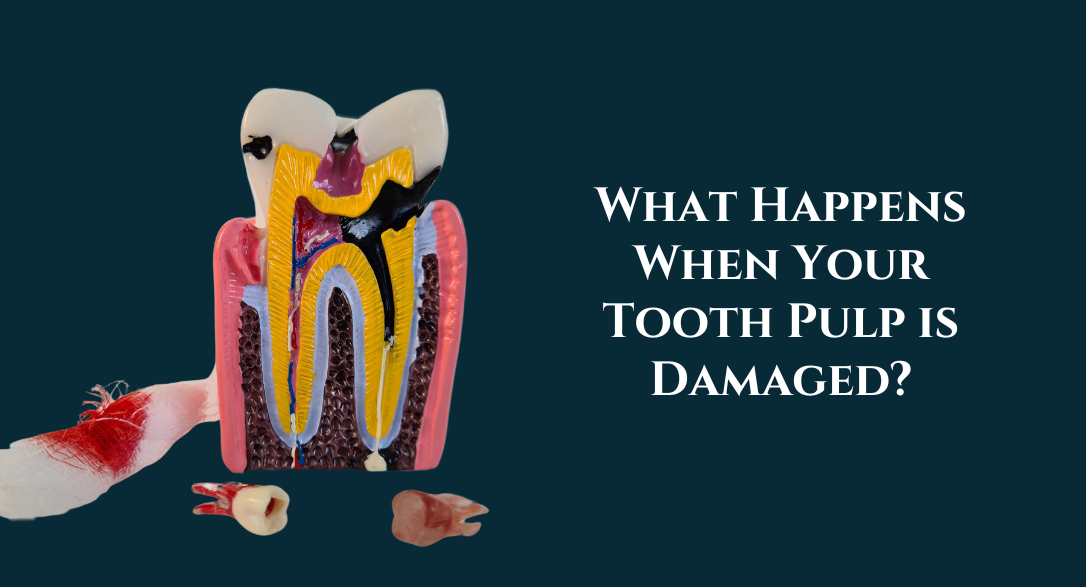Call Us Today 817-737-7668

Modern dentistry is growing at a breakneck speed. If you take a moment to pause, you will see that new inventions and treatment options have flooded the industry. Dental pulp regeneration is among the new oral treatments that help parents save their little one’s teeth from permanent damage.
In most cases, tooth damage often leads to root canals or extractions. All these dental treatments are highly invasive and take a long time to heal. But regenerative dentistry is changing that. Dental pulp regeneration focuses on restoring the soft tissue/pulp inside the tooth rather than removing it. The treatment saves your natural tooth structure and stimulates the natural healing of your oral issues. It helps patients keep their natural teeth longer. These advancements in dental treatment offer hope for those with severe tooth damage or decay.
How Dental Pulp Regeneration Works?
The regenerative dentistry industry has come a long way since its invention. Dental pulp regeneration:
- Uses stem cells to encourage pulp tissue regrowth inside the tooth
- Uses biomaterials like scaffolds to support new cell growth in tooth pulp
- Stimulates pulp tissue repair and healing
- Encourages blood vessel formation for pulp vitality
- Prevents tooth loss by restoring tooth health
Benefits of Pulp Regeneration Over Traditional Methods
Until the introduction of pulp regeneration treatment, affected teeth were treated through root canals or extraction. The alternatives to regenerative dentistry take a long time to heal and are heavily invasive. The same is not valid for dental pulp regeneration. This treatment:
- Preserve Tooth Structure: Unlike root canals, pulp regeneration keeps your natural pulp tissue in its place.
- Reduces Risk of Future Issues: Pulp regeneration minimizes the risk of spreading reinfections throughout your tooth pulp.
- Promotes Natural Healing: This therapy encourages your body to repair itself rather than relying on artificial fillers.
- Minimally Invasive: No other dental pulp treatment causes as little discomfort as pulp regeneration therapy.
Who Can Benefit from Dental Pulp Regeneration?
While dental pulp regeneration is the new buzzword in the dentistry industry, it’s not for everyone. Let’s check out who can have this treatment:
- Patients with deep cavities or minor pulp damage
- People who want alternatives to root canal treatment
- Individuals with healthy immune systems
- Young patients with developing teeth
Who Should Not Have Dental Pulp Regeneration?
It’s also vital to know who should not undergo dental pulp regeneration. While people with overall healthy gums can undergo this treatment, it’s not suitable for teeth with complete pulp death.
Should You Consider Pulp Regeneration?
If you face a root canal, ask your dentist about regenerative options. Research is ongoing, but these treatments offer promising alternatives to traditional dental procedures. Patients looking for long-term solutions may benefit from ongoing advancements in regenerative dentistry.
Dental pulp regeneration is revolutionizing restorative dentistry. With this oral treatment option, saving natural teeth has become more feasible. As research progresses, patients will have more options beyond traditional treatments. To explore whether this is right for you, consult a licensed endodontist in Waco who specializes in regenerative dentistry.




